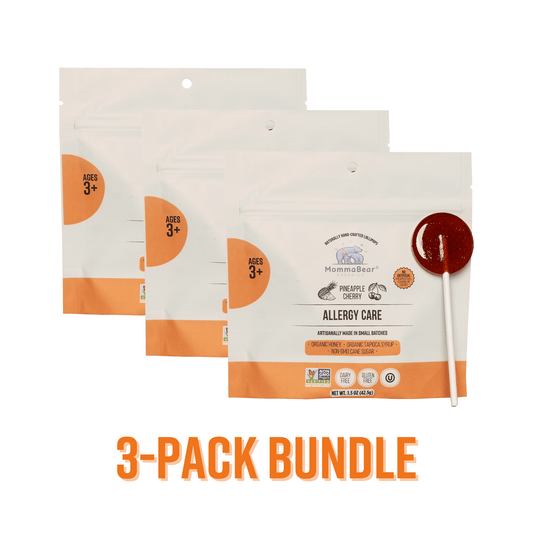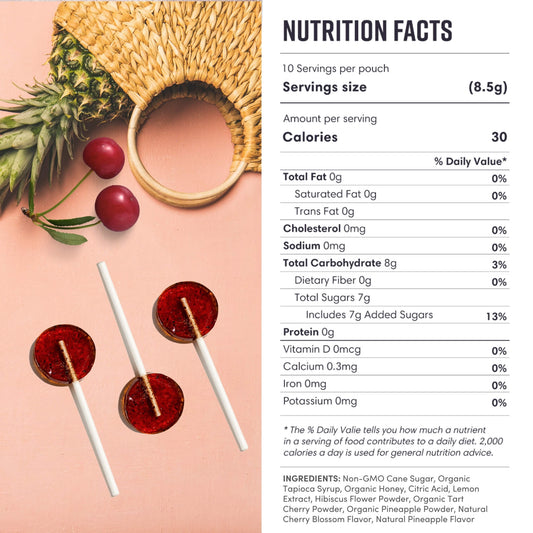Motion sickness is just… the worst. I think anyone who gets it knows that feeling. It can turn a fun trip into something you just want to end. That nausea, the dizziness—it's a real struggle. But, you know, there are ways to handle it. I wanted to jot down some thoughts on the non-drowsy meds out there because, for me, staying awake and actually enjoying the journey is half the battle.
Understanding Motion Sickness
Honestly, for the longest time, I just thought motion sickness was a weird stomach thing. But it’s really all in your head—literally. It’s like your senses are arguing with each other. Your eyes are telling your brain one thing, and your inner ear is telling it something completely different, and your brain just kind of short-circuits. It happens all the time in cars, planes, and especially boats. It can be so bad that some people just avoid traveling altogether, which is just heartbreaking. Figuring out what’s actually going on inside your body is the first step to feeling like you have some control over it.
The Science Behind Motion Sickness
So, from what I've read, it’s all about a mismatch of signals. Like, if you’re in a car reading a book, your eyes see a still page, but your inner ear feels every bump and turn. The brain gets these two totally opposite messages and just freaks out. It doesn't know what to believe.
And then there are these things called neurotransmitters that get involved, especially one called histamine. When your brain gets confused by the motion, it can trigger all that awful stuff—dizziness, nausea, the whole works. It's wild to think that some people are just more prone to it, maybe because of their genes or just how their inner ear is wired. It’s not just you being weak; it’s actual science happening in your body.
Common Symptoms of Motion Sickness
This is basically my nightmare checklist for any trip. It’s amazing how just a car ride can do all this to you.
-
Nausea
-
Dizziness
-
Cold sweats
-
Headache
-
Fatigue
These symptoms can totally ruin the fun of traveling, so it’s a big deal to find something that helps without knocking you out. It's not just the physical stuff, either. I know I get anxious before a long drive or a flight, just worrying about getting sick. It's a whole cycle. And it's a pain for families, too. You end up planning your whole vacation around who gets sick and what kind of travel you can handle. So, yeah, understanding this stuff and finding solutions is pretty important.
The Importance of Non-Drowsy Medication
A lot of people reach for meds to deal with motion sickness, which makes total sense. But the drowsiness from some of them is a real problem. For me, being able to stay awake and focused is a must. I want to enjoy my trip, not sleep through it.
The Downside of Drowsy Medication
Traditional antihistamines can be great for treating motion sickness, but they might make you feel drowsy. This side effect can be really tough for folks who need to stay alert, like drivers and pilots, especially when safety is key. Losing sharp reaction times can be a big worry in situations where quick responses matter, like handling heavy machinery or navigating busy roads.
Because that lingering drowsiness can disrupt your plans, it’s important for those who often face motion sickness to explore other options that keep them feeling energetic. For example, someone gearing up for a long road trip might discover that taking a medication that causes drowsiness not only impacts their driving but can also take away from the fun of the trip, making it hard to stay awake and enjoy every moment with friends and family during the journey!
Benefits of Non-Drowsy Medication
Non-drowsy motion sickness medications present various advantages:
-
Maintain alertness and cognitive function
-
Allow for uninterrupted travel experiences
-
Reduce the risk of accidents related to drowsiness
-
Provide effective symptom relief without sedation
These benefits highlight the importance of selecting the appropriate medication for managing motion sickness without compromising daily activities. Additionally, non-drowsy options often come with fewer side effects, making them suitable for a broader range of individuals, including those who may have sensitivities to traditional medications. This can be particularly beneficial for children and the elderly, who may be more susceptible to the sedative effects of standard antihistamines.
Furthermore, the availability of non-drowsy formulations has encouraged more individuals to seek treatment for motion sickness, leading to improved quality of life. Whether traveling for leisure or work, the ability to remain alert and engaged can transform an otherwise uncomfortable experience into a more enjoyable one. As awareness of these options grows, it is essential for consumers to educate themselves on the various non-drowsy medications available and consult healthcare professionals for personalized recommendations.
Types of Non-Drowsy Motion Sickness Medicines
Understanding the different types of non-drowsy motion sickness medications available can help individuals choose the most suitable option for their needs.
Over-the-Counter Options
Over-the-counter (OTC) solutions are accessible options for many individuals. Some notable non-drowsy medications include:
-
Meclizine - An antihistamine that is effective for treating motion sickness without causing significant drowsiness.
-
Dimenhydrinate - Primarily known for its dual action against nausea, it can be less sedative than older antihistamines.
-
Ginger supplements - A natural remedy that has shown promise in reducing nausea associated with motion sickness.
Each of these options provides an effective way to manage symptoms without the unwanted sedation that can accompany drowsier alternatives. Additionally, many individuals find that combining these OTC medications with lifestyle changes, such as sitting in the front seat of a vehicle or focusing on a stable point in the distance, can enhance their effectiveness. It's also worth noting that ginger, in particular, can be consumed in various forms, including ginger tea, candies, or capsules, allowing for flexibility based on personal preference.
Prescription Medications
For individuals who require stronger alternatives or are experiencing severe symptoms, prescription medications might be necessary. Some notable options include:
-
Scopolamine - Often delivered via a transdermal patch, it helps prevent nausea and dizziness.
-
Ondansetron - A prescription medication that targets nausea and is typically used for chemotherapy but can also aid in treating motion sickness.
Consulting a healthcare professional is essential when considering prescription medications, as they can provide personalized recommendations based on individual health needs. Furthermore, it is important to discuss any potential side effects or interactions with other medications, as some individuals may have unique health considerations that could affect their treatment options. Understanding the mechanism of action for these medications can also empower patients; for instance, scopolamine works by blocking certain signals in the brain that trigger nausea, making it a powerful tool for those prone to severe motion sickness.
How to Use Non-Drowsy Motion Sickness Medicines
Once the appropriate non-drowsy medication has been selected, understanding how to use it effectively is critical for optimal results.
Correct Dosage and Timing
The dosage and timing for taking non-drowsy motion sickness medication depend on the specific product being used:
-
Meclizine should typically be taken one hour before travel.
-
Scopolamine patches need application at least six hours before travel to ensure effectiveness.
-
Over-the-counter medications should be used as directed on the packaging.
Following the recommended dosage is vital to minimize side effects and maximize symptom relief. Additionally, it is wise to consider individual factors such as age, weight, and overall health, as these can influence how the body metabolizes medication. For instance, younger individuals may require different dosages compared to older adults, and those with pre-existing health conditions may need to consult a healthcare provider for tailored advice.
Possible Side Effects
Although non-drowsy options are designed to minimize sedation, they can still cause some mild side effects. Potential side effects to watch for include:
-
Dizziness
-
Dry mouth
-
Blurred vision
Understanding these effects and having a chat with your healthcare provider is key to using these medications safely. Sometimes, people might notice unusual reactions, like an increased heart rate or a bit more anxiety than usual. It’s really important to pay attention to how your body feels, especially during those first few uses, and jot down any side effects you experience. This information can be super helpful for your healthcare provider as they fine-tune your treatment plan or suggest other therapy options that might work better for you.
It’s great to pair medication with some non-pharmacological strategies to boost their effectiveness! Gentle techniques like deep breathing, acupressure, or simply focusing on a steady point in the distance can really help ease symptoms. Remember to stay hydrated and avoid heavy meals before traveling; this can make your journey much more comfortable and decrease your reliance on medication for relief.
Other Ways to Prevent Motion Sickness
Alongside the use of medication, individuals can explore various non-pharmacological approaches to prevent motion sickness.
Behavioral Techniques
Behavioral techniques can significantly mitigate symptoms of motion sickness. Some effective strategies include:
-
Seating Position: Sitting near the front of a vehicle can help stabilize the perceived motion.
-
Focusing on a Fixed Point: Looking straight ahead at the horizon can aid in balancing sensory input.
-
Breathing Techniques: Deep and slow breathing can help calm the body's response to nausea.
Incorporating these techniques provides additional layers of management for motion sickness that can be beneficial in conjunction with medication. Furthermore, practicing mindfulness and relaxation techniques, such as meditation or progressive muscle relaxation, can also be advantageous. These practices not only help in reducing anxiety associated with travel but may also enhance overall well-being, making the journey more enjoyable.
Dietary Considerations
The food we consume before and during travel can also play a significant role in how susceptible we are to motion sickness. To minimize symptoms, consider the following dietary tips:
-
Avoid heavy, greasy meals that can exacerbate nausea.
-
Consume small, bland meals, such as crackers or toast.
-
Stay hydrated, but limit caffeine and alcohol intake.
By being mindful of dietary choices, individuals can further reduce their risk of experiencing motion sickness during travel. Additionally, incorporating ginger into your diet, whether through ginger tea, candies, or supplements, has been shown to have anti-nausea properties. Similarly, peppermint tea or lozenges can provide a soothing effect on the stomach, making them excellent options to keep on hand while traveling. These natural remedies can complement dietary strategies, offering a holistic approach to managing motion sickness effectively.
Conclusion
Understanding motion sickness and exploring non-drowsy medication alternatives can make a significant difference in maintaining alertness and comfort while traveling. With various options available, both over-the-counter and prescription, individuals can effectively manage their symptoms. Additionally, incorporating behavioral techniques and mindful dietary choices enhances prevention strategies. Brands like MommaBear Organics offer natural products that support overall wellness, providing further options for those seeking to minimize discomfort. With the right knowledge and resources, you can travel confidently and tackle the challenges of motion sickness with ease!










